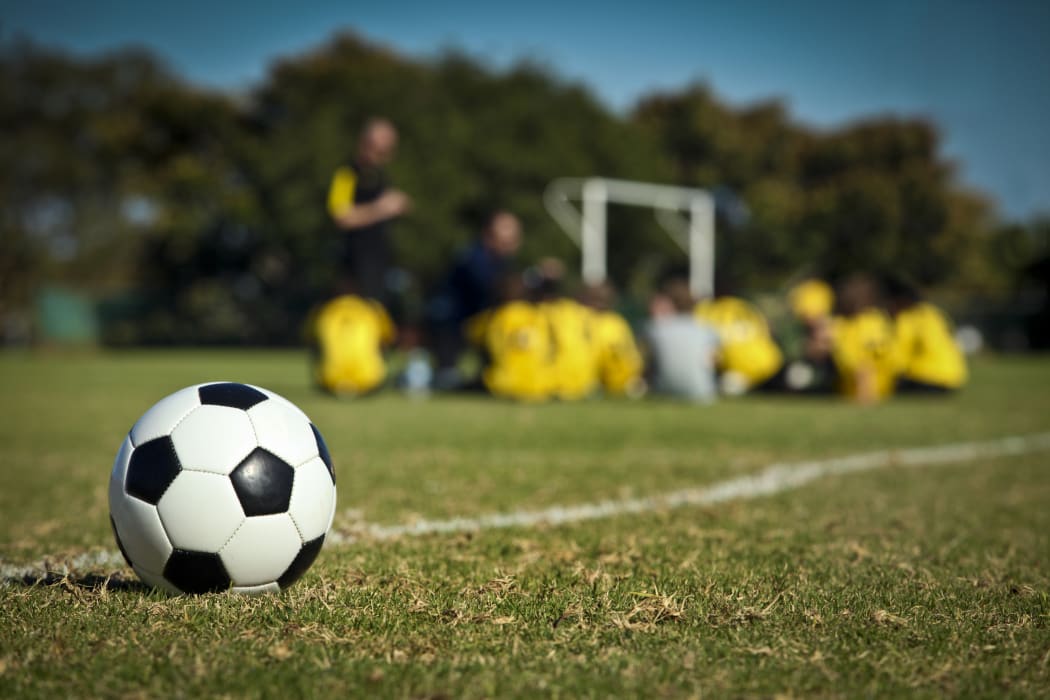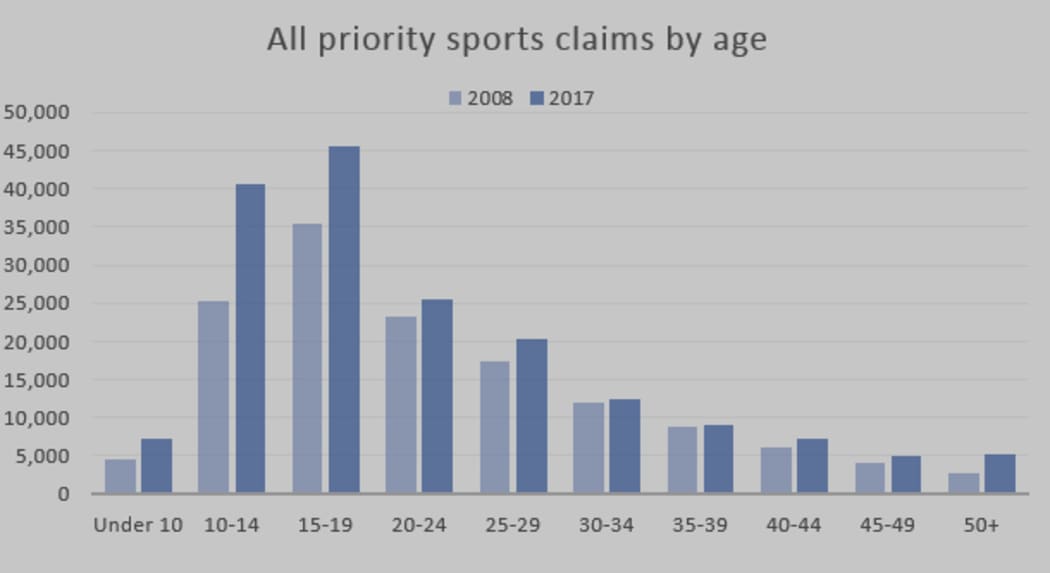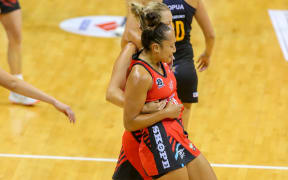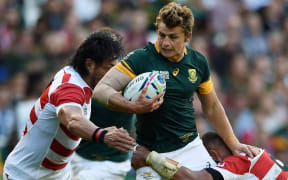Children playing sport are suffering injuries at a massively increased rate and intense training regimes are being partly blamed.

Photo: 123RF
Accident Compensation Corporation (ACC) data shows the number of sports injury rates for all rugby, football, netball, basketball and gymnastics reported for children under 15 went up 60 percent between 2008 and 2017. That was more than twice the increase in the 15-19 age group, which had a 29 percent rise.
Wellington Girls' College sports director Carolyn Kirkpatrick said children wanting to become professional athletes were being promised a high-intensity pathway to reach their goal.
In football, for example, she said they had school football, club football in the weekends and rep football, and some also have academy football midweek.
That meant they were playing and training 15 to 20 hours a week for one sport, so not including any PE or other activities.
Ms Kirkpatrick said children who played and trained hardest appeared to get more severe injuries. Fourteen-year-olds were getting anterior cruciate ligament tear (ACL) - a potentially sports-ending knee injury - "whereas that maybe didn't really happen in yesteryear".
ACC said that level of intensity was too high, and backed the Australasian College of Sport and Exercise Physicians (ACSEP) guidelines suggesting the number of hours a week children train and play sports should match their age. A 10-year-old, for example, would do no more than 10 hours all up.
Ms Kirkpatrick said she had unsuccessfully tried asking sports clubs to cut back their regimes.
"The clubs do their stuff, and they say 'you come and train twice a week or you're on the bench' and that's what these girls hear."

Graphic: ACC
While there's was no single reason behind the spike in injury rates, ACC said too much sport may be just as harmful as not enough exercise and some children were specialising in one sport at too young an age.
ACC head of injury prevention Isaac Carlson told Morning Report not only had injury rates increased but the injuries were severe.
"We're seeing young kids coming through with blown out knee ligaments and shoulder ligaments, injuries that used to be just the realm of people participating in elite-level professional sport," he told Morning Report
Children interested in pursing a professional career in sport were doing high intensity training at a younger age. They could be training every week night and taking part in two or three competition meets in the weekend. "It's easy to see how kids can quickly be burnt out."
There should also be a balance between structured training and competition and play, he said. "We want to give them as much time for natural play as possible. They develop a lot physically just through natural play as well."
ACSEP also suggested children shouldn't specialise in a single sport until the age of 12.
Mr Carlson said ACC advice was not to specialise before the age of 14 when children were more physically resilient.
Later specialisation may also produce a greater chance of sporting success, he said.
"There's really strong evidence that those kids that maintain a broad range of physical activity, and don't push too hard too soon go on to have a greater level of sporting achievement."
Dr Natalie Hogg, clinical psychologist for elite sportspeople, said there was a risk young people specialised at the expense of friends, family and school, and their sense of self and identity could suffer if they failed in their quest.
There was also no evidence that starting young created better adult athletes.
Physiotherapist Sharon Kearney, who specialises in adolescent sports injuries, said young bodies were not built for the intense training regimes in high-performance programmes.
"Secondary school kids are not high performance athletes, they are adolescents with immature musculoskeletal systems," she said.
She said she knew of schools that pushed kids to row more often than elite rowers and high school rugby teams where the players had back injuries they would take to their graves.
"The increasing opportunity to be a professional athlete is driving professional type programmes within a secondary school environment," she said.
Mr Carlson said too much high-intensity training reduced the energy available for growth and development. "This can affect not only peak bone mass and the onset of puberty but a number of other important body systems which can have lifelong consequences for injury and physical and mental illness.

Graphic: ACC
Athletics New Zealand medical director Dr Dan Exeter, a sport and exercise physician, said clubs and coaches bore some responsibility for over-training but most of it belongs to the parents.
"You have to drive your child to training, you have to take your child to practice, you have to take them to the dance studio," he said. "The only person who knows exactly how much that kid is doing is the parent."
He argues inactivity is a bigger problem.
Despite pushy parents and enabling sports clubs, Ms Kearney said the real message keen kids needed to hear was that "they won't get a career opportunity if they're broken".
She reminded people just how hard it is to make it to the top, and pointed out there had only ever been 173 Silver Ferns.




